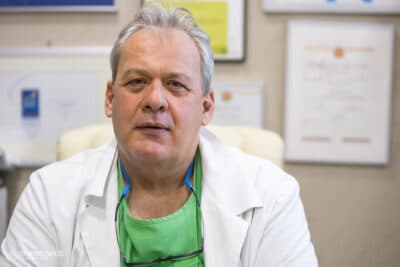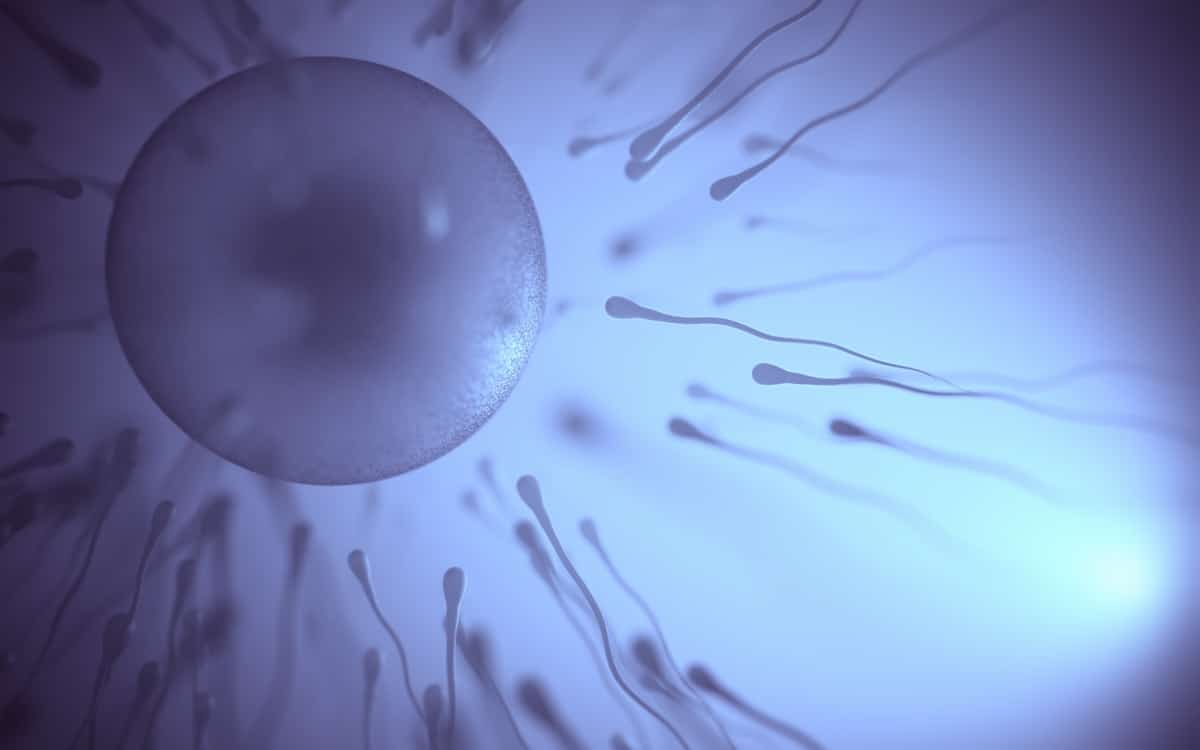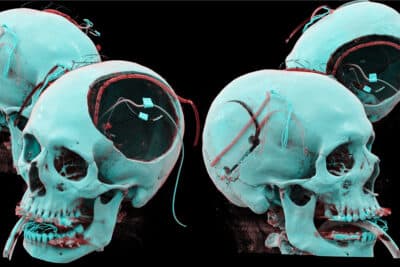Although surgery offers the strongest results in certain cases, it is not the only way to improve men’s fertility. Hormone therapy can also boost sperm quality when indicated, while exercise and vitamin supplements appear to bring some benefits, according to new studies from Semmelweis University. Researchers also warn that environmental hazards such as heatwaves and air pollution can harm sperm health.
A major analysis published in Scientific Reports reviewed 86 studies involving more than 8,000 men. It compared how different treatments influence sperm DNA fragmentation – damage to the genetic material in sperm that is associated with lower chances of conception and a higher risk of miscarriage.
The findings show that surgery to repair varicocele – dilated veins in the scrotum – brings the biggest improvements when other potential causes of impaired sperm quality have been ruled out and clinical varicocele remains the only likely reason for infertility. Six months after surgery, men had on average 12 percent less DNA damage, with the most severe cases improving the most.
 “This is the first time we have strong comparative data on which treatments work best overall,” said Dr. Anett Szabó, a junior doctor at Semmelweis University’s Department of Urology and the study’s first author. “Surgery for varicocele stands out as the most beneficial option when performed in line with current indication criteria, while hormone therapy with follicle-stimulating hormone also shows clear improvement after just three months.”
“This is the first time we have strong comparative data on which treatments work best overall,” said Dr. Anett Szabó, a junior doctor at Semmelweis University’s Department of Urology and the study’s first author. “Surgery for varicocele stands out as the most beneficial option when performed in line with current indication criteria, while hormone therapy with follicle-stimulating hormone also shows clear improvement after just three months.”
The hormone treatment, when indicated, stimulates sperm development and reduces DNA damage by nearly 7 percent after three months.
By contrast, antioxidant supplements such as vitamin C, vitamin E, and zinc – and lifestyle changes, mainly exercise delivered only modest gains of 2–3 percent. The researchers note that this may be due to inconsistencies between the studies, rather than lifestyle changes being ineffective, and they encourage patients to keep taking steps to support their wellbeing.
Infertility is defined by the World Health Organization (WHO) as the failure to achieve pregnancy after one year of regular, unprotected sex. Today, one in six couples experience infertility, and men account for roughly half of all cases.
Two years ago, Semmelweis researchers identified major sperm-damaging risk factors including pollution, smoking, varicocele, diabetes, testicular tumours, and age. In men over 50, sperm DNA quality declines sharply.
Now, another new review published in Current Opinion in Urology has reconfirmed the impact of lifestyle and environment. Smoking increases sperm DNA damage by about 10 percent and alters hormones, with e-cigarettes carrying similar risks. Chronic alcohol use raises DNA damage to a similar degree and can shrink the testes. Obesity disrupts hormone balance and reduces sperm production, while even modest weight loss improves results. Drugs such as steroids, cannabis, and opioids also lower fertility, and even some common painkillers like paracetamol may have adverse effects.
 Diet matters too: Mediterranean-style diets rich in fruit, vegetables, fish, nuts, and whole grains are linked to higher sperm counts and healthier sperm, while processed meat, trans fats, sugary drinks, and highly processed foods are associated with poorer outcomes.
Diet matters too: Mediterranean-style diets rich in fruit, vegetables, fish, nuts, and whole grains are linked to higher sperm counts and healthier sperm, while processed meat, trans fats, sugary drinks, and highly processed foods are associated with poorer outcomes.
“It’s not only lifestyle factors that affect men’s fertility – environmental hazards also play a role,” said Dr. Zsolt Kopa, head of the Andrology Centre at Semmelweis University.
Even short heatwaves can impair sperm quality, and repeated exposure causes more severe damage.
Air pollution and everyday chemicals add to the risks. Fine dust, plastics, and industrial compounds can damage sperm, lower testosterone, and disrupt hormones – the researchers wrote. Some even build up in the body over time and may affect fertility in future generations.
They stress that many of these risks are common but also reversible. Recognising and reducing harmful exposures – while using proven medical treatments where needed – is key to protecting and improving male fertility.
Photo: Bálint Barta – Semmelweis University; Cover/illustration: maxxyustas/ktsimage – Envato Elements



